From breathtaking sites to exceptional nightlife and stunning sandy beaches, Hawaii has a little something for all visitors and residents, but it isn’t without issues.
Dangerous cities, towns, and streets present a challenge for those visiting.
So if you are taking a trip to Hawaii soon or considering relocating to one of the beautiful islands, it’s just as important to understand where not to go as it is to know where to go!
Keep reading to learn more about the ten most dangerous cities in Hawaii!
Contents
10 Most Dangerous Cities in Hawaii
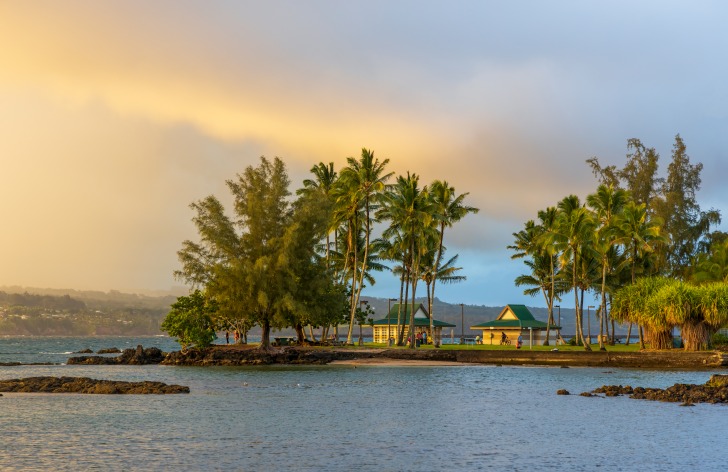
One: Hilo
Featuring a population of around 45,600, Hilo has staggering crime rates 70% higher than the national average.
It is one of the most dangerous areas on the Big Island and in the U.S.
The chances of becoming a victim in Hilo is 1-in-23, and the city has 83% more property crimes than the entire country.
Due to plenty of drunk drivers, regular rain, and small roads, riding a bicycle at any time of the day in this region is not advisable.
Also, walking around alone at night is not recommended due to the probability of a mugging.
For these reasons, Hilo is the most dangerous city in Hawaii.
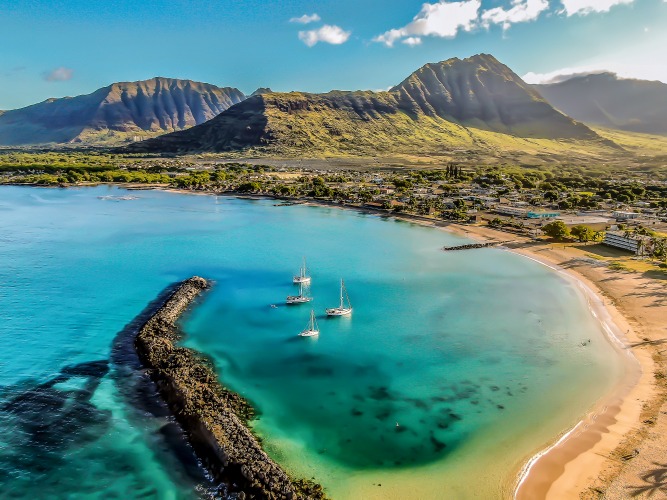
Two: Waianae
Located on the island of Oahu, this beachfront community houses thousands of impoverished individuals and families from a population of 37,600.
The crime rate here is 69% greater than the national average, with a violent crime rate 10% lower and a high property crime rate.
Unfortunately, 1 in 23 visitors or residents is the victim of a crime in this city.
The crime is so bad that authorities tell people to stay home in the evening and not venture to the beaches.
Even neighborhood occupants are swarmed when visiting the beach.

Three: Kahului
Kahului has a population of just over 30,000 in Maui County.
12.18% of all daily crimes in Maui occur in Kahului, and while crime continues to decline across the state, this city has remained unchanged.
Property crime is high at 3,650 per 100,000 residents, and the violent crime rate is 371 per 100,000 individuals.
Compared to the national crime rate average, Kahului has a rate of 54% higher.
The overall crime rate is 3,967 per 100,000 individuals compared to the national rate of 2,580 per 100,000.

Four: Waipahu
The most dangerous city in Hawaii is Waipahu, with a crime rate of 3,709 crimes per 100,000 residents.
This statistic is 44% greater than the national average, and the chances of being the victim of a crime are 1-in-27.
The National Drug Intelligence Center cites that methamphetamine usage is widespread among Waipahu residents, and the city has fallen into disrepair.
Like in several other locations on this list, the violent crime rate is higher than the property crime rate.
The Peral City Police Station patrols the area that extends from Village Park to Red Hill, which covers 41,590 individuals.
The city is also one of the most impoverished areas of the state.

Five: Napili-Honokowai
The tiny city of only 6,700 residents known as Napili-Honokowai has a population of 10% living below, which contributes to the high property crime rate of 19.38 incidences per 1,000 people.
While the property crime statistic is a high number, the total crime average is still lower than the state, which is why this small city is situated in the middle of the list.
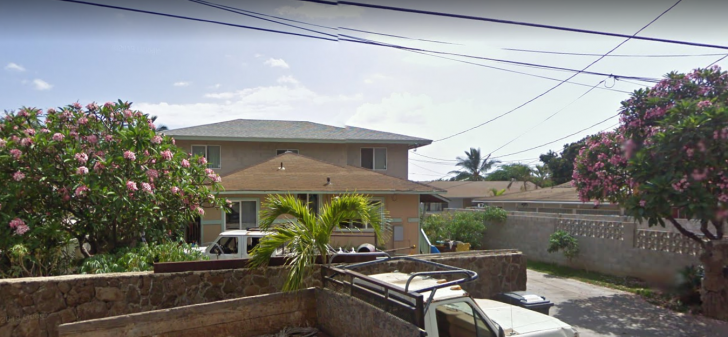
Six: Makaha
With a tiny population of 8,934, Makaha has a crime rate of 3,692 per 100,000 residents, meaning there is a 1-in-28 chance of being a crime victim in this town.
Likewise, the chance of being a property crime victim is 1-in-30.
The area is patrolled by the District 8 Honolulu Police Department, with several stations.
The biggest threat to the force includes narcotics, gangs, and property offenses.

Seven: Waimea
With only a population of 10,770, Waimea is on the Big Island and has a total crime rate of 3,652 per 100,000 residents.
This indicates a 1-in-28 chance of becoming the victim of a violent or property crime in the city.
Violent crimes occur at 292 per 100,000 individuals, and property crimes are 3,360 per 100,000 residents, both of which are high for such a small city.
The police station is on Kamamalu Street, so if you’re planning to visit, make sure it’s on or near this station.
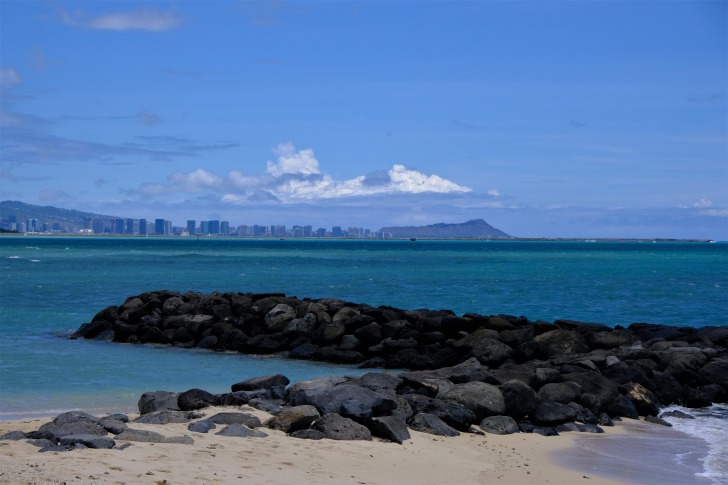
Eight: Ewa Beach
Like many other locations on this list, property crime has a higher number than violent crime in Ewa Beach, attributed to high drug usage among citizens.
Ewa Beach has a 44% higher crime rate than the national average.
While it is a lovely place to visit during the day, the city is not considered a secure location as public abductions and car break-ins occur regularly, despite a small population of only 15,165 residents.
District 8 of the Honolulu Police Department manages this area and does the best possible with the little resources they have to try and secure the area.
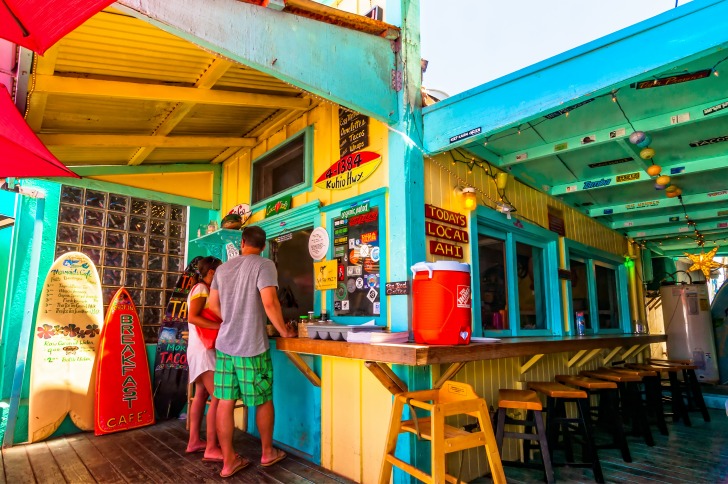
Nine: Kapaa
Next on the list is Kapaa, one of the least safe areas to reside or visit on Kauai Island.
Crime rates have ballooned to over 25% higher than the national average, with the cost of living being 5% lower than in the rest of the state.
At first glance, the area appears safe, but visitors and residents must take the proper safety measures to guarantee safety from violent crimes.
For example, staying out late at local bars is unsafe as there’s a 1-in-32 chance of becoming a victim here.
Also, property crime is a major problem in this area, thus driving up the total crime metric.

Ten: Wahiawa
With a low livability score of 58/100, Wahiawa has a population of 46,500 residents and is ten in the state of total crime.
Wahiawa is not among the safest areas in the U.S., so women shouldn’t walk around the city alone at night.
Visitors or residents have a 1-in-29 chance of becoming crime victims in Wahiawa.
However, this community is safer than only 28% of the rest of the U.S., and the Honolulu Police Department is working diligently to increase that safety number.
5 Safety Tips for Traveling to Hawaii
One: Pack Hiking Gear
Given that it’s a tropical island, Hawaii has consistent temperatures and weather patterns.
There is a rainy season, but you can wear shorts and sandals year-round.
When visiting any island, most enjoy hiking through the rainforest and mountains to connect with nature.
If this is your plan, it’s important to ensure you pack the proper hiking boots with ankle support, comfortable clothing, a hat, and plenty of bug spray to keep mosquitos and other insects away.
Also, Hawaii’s sun is hot, so it’s critical to pack and apply sunscreen.
You don’t want your exciting vacation ruined because of a nasty sunburn.
Two: Be Aware of your Belongings in Public
Hawaii has a lot of money due to its pristine location, which means plenty of pickpockets are around.
While you want to stick to crowded, touristy places to ensure safety, it doesn’t mean you are prone to petty theft.
Women should keep their handbags at the front of their bodies in crowded places, and men must keep wallets and phones in their front pockets.
Three: Blend in with the Locals
To further this point, blending in with the locals is critical, which can help eliminate threats to you or your belongings.
That means not flashing valuable items like electronics, jewelry, or other expensive items in public.
This potentially makes you a target for theft or worse. Also, look at the way the locals dress and try to mimic the local styles.
For example, wearing accessories like a fanny pack and looking confused indicates you are a tourist.
Four: Be Aware of your Surroundings
When traveling around the towns and cities in Hawaii, it’s important to be aware of your surroundings so you don’t end up in an undesirable neighborhood.
Places like Honolulu have central tourist areas that are incredibly safe, plus plenty of off-the-beaten-path safe neighborhoods.
However, there are certain locations that you should avoid due to poverty, high crime, and other negative societal aspects.
If you have a bad feeling or end up in an undesirable-looking neighborhood, call a taxi or turn around and head the way you came.
Five: Check in with the Park Range
If you’re going to enjoy the fruits of Hawaii, connecting with nature is a great way to have a well-rounded trip.
When heading into a local or national park, it’s important to check in with the ranger’s station, so they’re aware of your itinerary and when you plan to return.
Furthermore, when you’re following one of the many hiking trails across the islands, staying on the path is critical.
There are plenty of unexpected hazards in the wilderness, so following the signs and trail markers is necessary!
Hawaii Safety Overview
READ THE FULL REPORT: Hawaii Safety Review
Safety Index: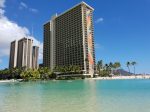
- OVERALL RISK: LOW
- TRANSPORT & TAXIS RISK: MEDIUM
- PICKPOCKETS RISK: MEDIUM
- NATURAL DISASTERS RISK: HIGH
- MUGGING RISK: LOW
- TERRORISM RISK: MEDIUM
- SCAMS RISK: MEDIUM
- WOMEN TRAVELERS RISK: MEDIUM
Frequently Asked Questions
What is the safest area of Hawaii?
The safest island, with the least number of crime incidences, is Kauai.
In 2020, the lowest number of violent and property crime incidences occurred on this island.
What are the biggest safety risks of living in Hawaii?
While certain areas of Hawaii are considered unsafe, the biggest risks when visiting or residing in Hawaii include car accidents in inclement weather, being attacked by wildlife, getting lost during a hike, and heat exhaustion or severe sunburns.
What is the most common crime in Hawaii?
The most common crimes in the state include drug-related incidences and petty thefts.
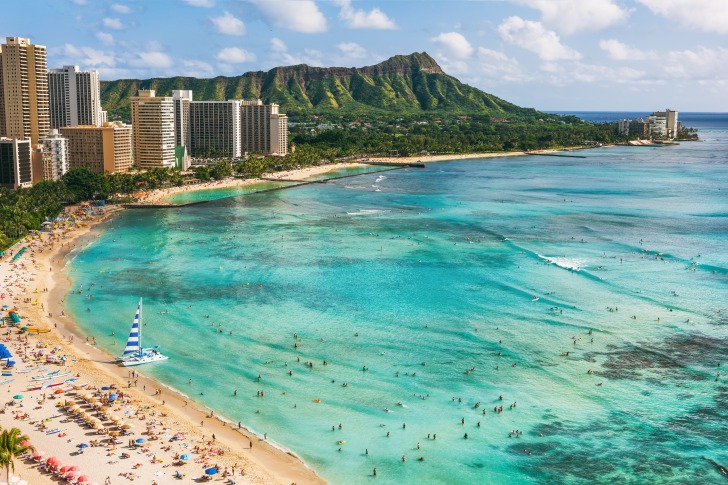
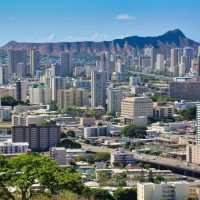










Is this an up-dated report?